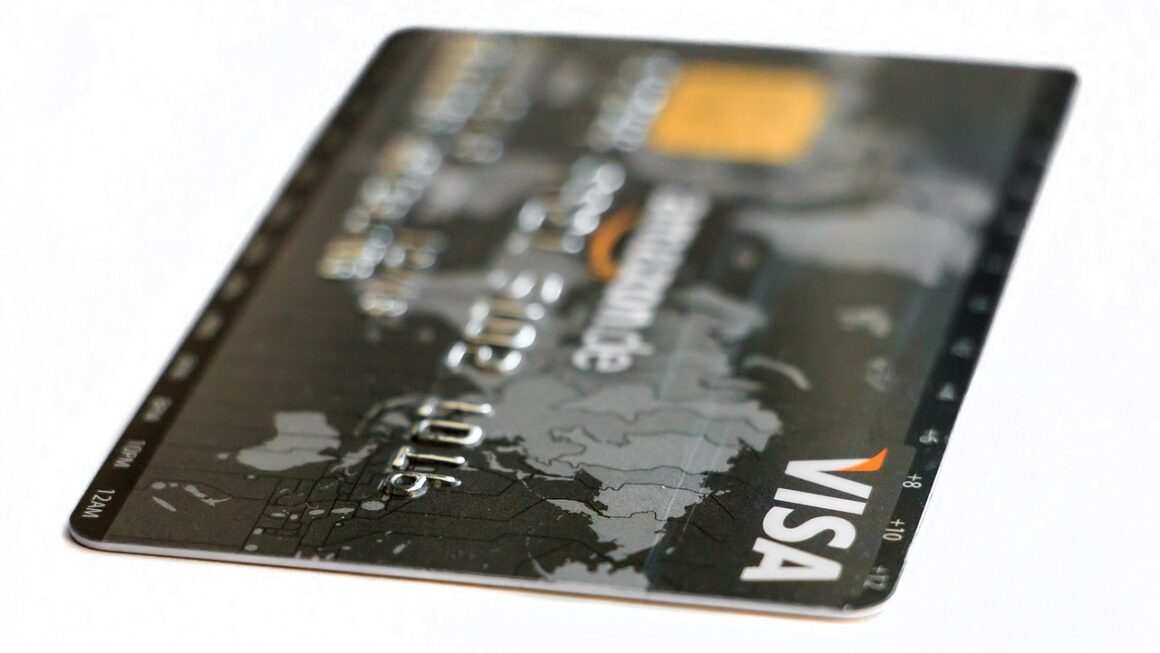Crafting a successful financial future hinges on one fundamental skill: effective budget planning. It’s not about restriction; it’s about empowerment, giving you control over your money and enabling you to achieve your goals, whether it’s buying a house, traveling the world, or securing a comfortable retirement. Let’s delve into the core principles and practical steps of creating a budget that works for you.
Understanding the Basics of Budget Planning
Budget planning is more than just tracking income and expenses; it’s a strategic roadmap for your financial well-being. It’s about aligning your spending with your values and priorities.
What is a Budget?
- At its core, a budget is a detailed plan outlining how you will allocate your income over a specific period, typically a month.
- It’s a living document, meaning it can (and should) be adjusted as your circumstances change.
- The goal is to ensure that your income covers your expenses and allows you to save and invest for the future.
Why is Budgeting Important?
- Financial Control: Budgeting puts you in the driver’s seat of your finances. You make conscious decisions about where your money goes, instead of wondering where it disappeared.
- Debt Management: A budget helps identify areas where you might be overspending and allows you to prioritize debt repayment.
- Savings Goals: It enables you to set realistic savings goals and track your progress towards achieving them.
- Financial Security: A well-planned budget creates a safety net for unexpected expenses and contributes to long-term financial security.
- Stress Reduction: Knowing where your money is going can alleviate financial anxiety and promote peace of mind.
- Example: Imagine you consistently overspend on dining out. A budget reveals this pattern, prompting you to cook more at home and allocate those savings towards a vacation fund.
Creating Your Budget: A Step-by-Step Guide
Building a budget can seem daunting, but breaking it down into manageable steps makes the process much easier.
Step 1: Calculate Your Income
- Identify all sources of income: This includes your salary, wages, freelance earnings, investment income, and any other regular income streams.
- Determine your net income: This is your income after taxes and other deductions. This is the amount you actually have available to spend.
- Be realistic: Don’t overestimate your income. It’s better to be conservative and have more money than you expected.
- Example: If your gross monthly salary is $5,000, and your taxes, insurance, and retirement contributions total $1,500, your net monthly income is $3,500.
Step 2: Track Your Expenses
- Categorize your spending: Common categories include housing, transportation, food, utilities, entertainment, debt payments, and savings.
- Use a tracking method: You can use budgeting apps, spreadsheets, or even a notebook to track your expenses.
- Track every expense: Even small purchases like coffee or snacks can add up significantly over time.
- Analyze your spending habits: Identify areas where you are overspending and areas where you can cut back.
- Example: For one month, diligently track every dollar you spend. You might be surprised to discover you’re spending $200 a month on coffee!
Step 3: Categorize Expenses: Fixed vs. Variable
Understanding the difference between fixed and variable expenses is crucial for effective budgeting.
- Fixed Expenses: These are expenses that remain relatively consistent from month to month, such as rent, mortgage payments, loan payments, and insurance premiums.
- Variable Expenses: These are expenses that fluctuate from month to month, such as groceries, utilities, entertainment, and transportation.
- Why is this important? Knowing which expenses are fixed allows you to easily determine your essential monthly obligations. You can then focus on managing variable expenses to stay within your budget.
- Example: Your rent is a fixed expense of $1,200 per month. Your grocery bill, however, is a variable expense that might range from $300 to $400 depending on your eating habits.
Step 4: Create Your Budget Plan
- Allocate your income: Assign a specific amount of money to each expense category based on your tracked spending.
- Prioritize needs over wants: Ensure that you allocate enough money to cover your essential needs (housing, food, transportation) before allocating money to wants (entertainment, dining out).
- Set savings goals: Allocate a portion of your income to savings, even if it’s a small amount.
- Create a buffer: Include a contingency fund for unexpected expenses.
- Example: Using the $3,500 net income example, allocate $1,200 to rent, $400 to groceries, $200 to transportation, $300 to debt payments, $200 to utilities, $200 to entertainment, $500 to savings, and $500 to a contingency fund.
Step 5: Review and Adjust Regularly
- Track your progress: Compare your actual spending to your budgeted amounts regularly.
- Identify discrepancies: If you are overspending in a certain category, determine why and make adjustments to your budget.
- Be flexible: Life happens. Be prepared to adjust your budget as your circumstances change.
- Review monthly: Make budget reviews a consistent monthly habit.
- Example: If you budgeted $200 for entertainment but spent $300, analyze why. Did you attend an unexpected concert? Decide if you can cut back on entertainment in the following month to compensate.
Budgeting Methods and Tools
Various budgeting methods and tools can help you create and manage your budget effectively. Choose the method that best suits your needs and preferences.
Popular Budgeting Methods
- 50/30/20 Rule: Allocate 50% of your income to needs, 30% to wants, and 20% to savings and debt repayment.
- Zero-Based Budgeting: Allocate every dollar of your income to a specific expense category, so your income minus expenses equals zero.
- Envelope System: Use physical envelopes to allocate cash to different spending categories. Once the money in an envelope is gone, you can’t spend any more in that category.
- Pay Yourself First: Prioritize saving a certain amount of money each month before allocating funds to other expenses.
Budgeting Tools and Apps
- Spreadsheets (Excel, Google Sheets): Customizable and free option for creating and tracking your budget.
- Mint: A popular budgeting app that automatically tracks your income and expenses.
- YNAB (You Need A Budget): A subscription-based budgeting app that helps you allocate every dollar to a specific purpose.
- Personal Capital: A financial management app that tracks your net worth, investments, and budget.
- Example: If you struggle with impulse spending, the envelope system might be a good choice. If you prefer automation and data analysis, a budgeting app like Mint or YNAB might be a better fit.
Overcoming Budgeting Challenges
Budgeting isn’t always easy. Here are some common challenges and strategies for overcoming them.
Unexpected Expenses
- Build an emergency fund: This is a separate savings account dedicated to covering unexpected expenses.
- Adjust your budget: If you encounter an unexpected expense, reallocate funds from other categories to cover it.
- Cut back on discretionary spending: Temporarily reduce spending on non-essential items to recoup the cost of the unexpected expense.
Sticking to Your Budget
- Set realistic goals: Don’t try to cut back too much too quickly. Start with small changes and gradually increase your savings goals.
- Automate your savings: Set up automatic transfers from your checking account to your savings account each month.
- Track your progress: Regularly review your budget and track your progress towards your goals.
- Reward yourself: Celebrate your successes along the way to stay motivated.
Overspending
- Identify your triggers: What situations or emotions lead you to overspend?
- Avoid temptation: Stay away from places or situations where you are likely to overspend.
- Use cash: When possible, use cash instead of credit cards. This can help you be more mindful of your spending.
- Wait before making purchases: Give yourself time to think before making impulse purchases.
- Example:* If you tend to overspend when you’re stressed, find healthy ways to manage stress, such as exercise or meditation.
Conclusion
Budget planning is an essential tool for achieving financial freedom and security. By understanding the basics of budgeting, creating a detailed budget plan, choosing the right budgeting method, and overcoming common challenges, you can take control of your finances and build a brighter financial future. Remember, budgeting is a journey, not a destination. Be patient, persistent, and adaptable, and you will be well on your way to achieving your financial goals.




